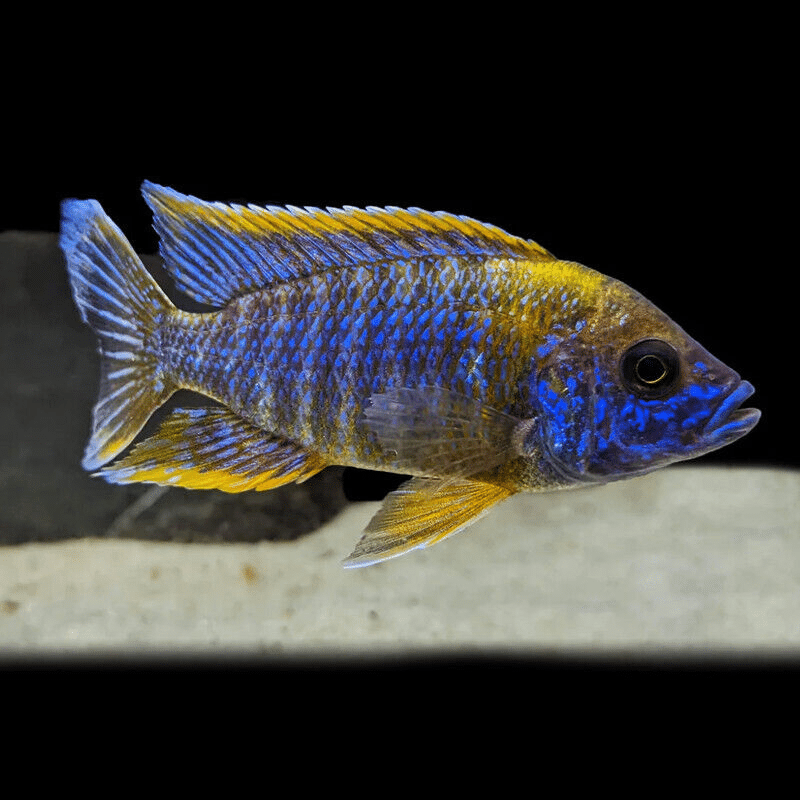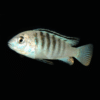To provide the best experiences, we use technologies like cookies to store and/or access device information. Consenting to these technologies will allow us to process data such as browsing behaviour or unique IDs on this site. Not consenting or withdrawing consent, may adversely affect certain features and functions.
The technical storage or access is strictly necessary for the legitimate purpose of enabling the use of a specific service explicitly requested by the subscriber or user, or for the sole purpose of carrying out the transmission of a communication over an electronic communications network.
The technical storage or access is necessary for the legitimate purpose of storing preferences that are not requested by the subscriber or user.
The technical storage or access that is used exclusively for statistical purposes.
The technical storage or access that is used exclusively for anonymous statistical purposes. Without a subpoena, voluntary compliance on the part of your Internet Service Provider, or additional records from a third party, information stored or retrieved for this purpose alone cannot usually be used to identify you.
The technical storage or access is required to create user profiles to send advertising, or to track the user on a website or across several websites for similar marketing purposes.















Emily Carter (verified owner) –
I recently added the Lwanda Peacock Cichlid (Aulonocara Sp. Lwanda) to my 75-gallon aquarium, and I couldn’t be happier! These Malawi cichlids are absolutely stunning with their vibrant colors and unique patterns. After about two weeks of settling in, my Lwanda has become the centerpiece of my tank, showing off its brilliant blues and yellows. I’ve kept various cichlids over the years, but the personality of this fish is truly special.
It thrives in a well-planted tank, and after doing some research, I learned they prefer a slightly higher pH and stable water conditions, which I’ve managed to maintain easily. I appreciate that they’re generally peaceful, especially compared to some more aggressive Malawi cichlids I’ve kept in the past. Just keep an eye on their tank mates to ensure harmony.
I also want to mention that the shipping was fantastic; my Lwanda arrived healthy and lively, and it was clear that the seller cared about its welfare. If you’re looking for a beautiful, active addition to your aquarium, I highly recommend the Lwanda Peacock Cichlid. Perfect for both experienced and new hobbyists alike!